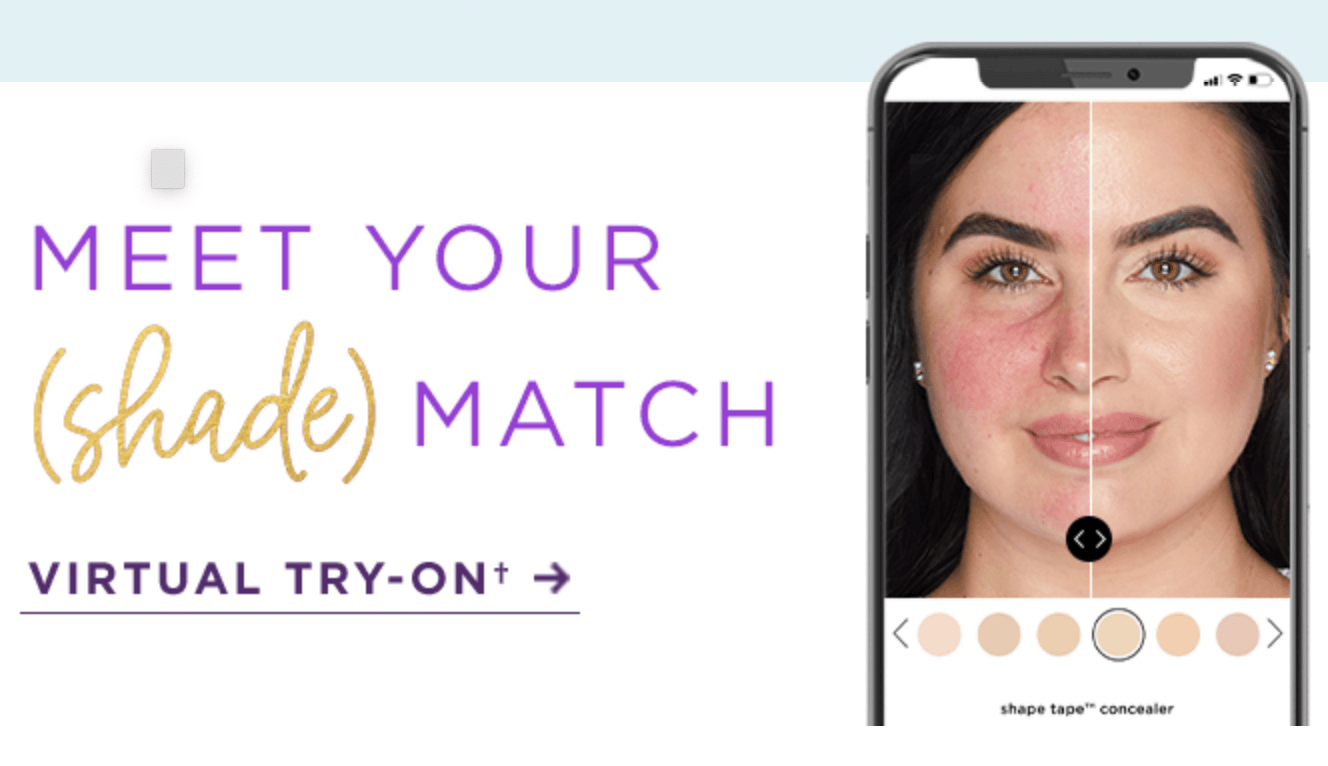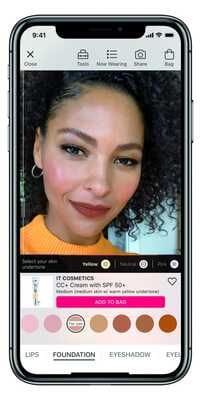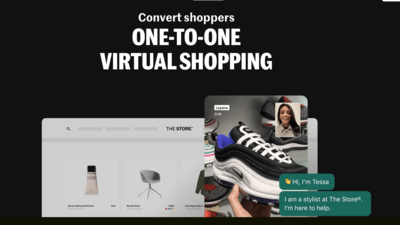Blurring the line between online and offline shopping
)
Today's consumers see no difference between online and offline channels—it’s all just shopping.
A new hybrid world of retail is emerging where the already blurred lines between physical and digital become even less distinct and shopping becomes a more interconnected experience. This merging is giving rise to a new "no-compromise" shopper mindset in which people demand the best of online and offline in every interaction.
As the pandemic recedes, a new hybrid world of retail is emerging where the already blurred lines between physical and digital become even less distinct and shopping becomes a more interconnected experience. This has given rise to a new “no compromise” consumer mindset in which people demand the best of online and offline in every commerce interaction. Growing expectations for the interconnectivity of these channels presents a new challenge to retailers to find ways of offering the convenience and immediacy of online within brick-and-mortar environments.
According to a new Meta report
- 75% of shoppers surveyed in Australia use at least one type of omnichannel pick-up or collection method
89% of shoppers surveyed in Australia made a purchase in-store after finding or discovering the item on social media
82% of shoppers surveyed in Australia say they would be encouraged to revisit a store that features QR codes to check product availability while in-store
79% of shoppers surveyed in Australia say that payment via messaging services (e.g., Whatsapp) would make them more likely to revisit a store
There’s an opportunity for brick-and-mortar retailers to meet these expectations by leveraging digital solutions like mobile apps and QR codes to help facilitate faster discovery journeys and more efficient ways to pay for products wherever they shop
- 83% of shoppers surveyed in Australia say that they would be willing to revisit a store if they could use augmented reality technology to experience products
- 83% of shoppers surveyed in Australia say that they’d be encouraged to revisit a store if it had virtual reality headsets that let them experience products.
Examples of Virtual Reality:
The virtual try-on capability has been a game-changer for beauty retail, says Erin Schmidt, a beauty industry analyst at Coresight Research. Ulta Beauty reported that consumer engagement for its GlamLab virtual try-on tool increased five times, with more than 19 million shade try-on since the coronavirus outbreak. We are seeing more brands using AR and VR with the aim of transforming the e-commerce experience and shifting their websites from being transactional platforms to experiential platforms.
since the coronavirus outbreak. We are seeing more brands using AR and VR with the aim of transforming the e-commerce experience and shifting their websites from being transactional platforms to experiential platforms.
One to one virtual shopping solution Hero is a virtual shopping software platform. It matches the shopper to a virtual shop assistant.

We are looking for solutions that solve the uncertainty of shopping in-store.
) Author:Danielle MacInnis
Author:Danielle MacInnis| Tags:Digital MarketingOnline shoppingVirtual Shopping |
Post comment




